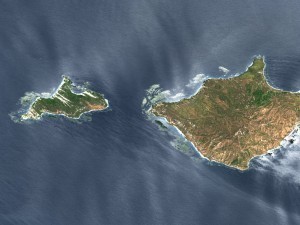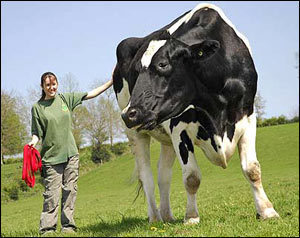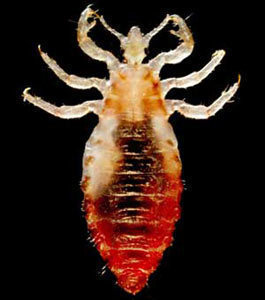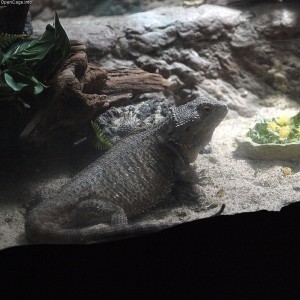Worlds Smallest Monkey
As one might expect, finding the world’s smallest monkey isn’t easy,  and that’s not because it is too small to be located. The problem is that there are two contenders to the title, one of whose exact place in the animal kingdom is constantly in question.
and that’s not because it is too small to be located. The problem is that there are two contenders to the title, one of whose exact place in the animal kingdom is constantly in question.
Measuring a mere 12 cm in length and weighing around 80 to 150 grams, the Philippine Tarsier found on the islands of Bohol, Samar, Leyte and Mindanao is considered the smallest primate in the world. Tarsiers are in fact so small that they are roughly the same size as an adult human hand. They are also known for their rather strange appearance, most notably their big eyes and ears. It comes as to no surprise then that tarsiers possess heightened senses of sight and hearing. Their other unusual physical characteristics include their round heads, almost hairless 9-inch tails, short forelimbs and elongated hind limbs. They also have no apparent neck and are capable of turning their heads 180 degrees around. Most of the nails on their feet are flattened except for the claws on their second and third hind toes which they use to groom themselves. Tarsiers are very much nocturnal creatures, mainly active during the nighttime and preying primarily on insects.
The obstacle in the way of declaring the tarsier as the world’s smallest monkey is that its exact classification in the animal kingdom remains unclear. There are some in the scientific community who consider the tarsier as belonging to the prosimian family, which includes lemurs and galagos (also known as “bush babies”). There are others who believe that tarsiers constitute their own unique species, set wholly apart from the rest of the primate species. Considering that a tarsier’s appearance differs greatly from the typical monkeys and apes, there might be some truth in that.
Perhaps the easiest to peg down for the designation of world’s smallest monkey is the Pygmy Marmoset from the rain forests of South America. It measures a short length of 35 cm (including its tail) and weighs approximately 80 to 100 grams. Its distinctive physical characteristics include its grey-peppered tawny fur and a mane of silky-soft fur on its head and its cheeks. Pygmy marmosets are also different from other monkey species in that their hands and feet (with the exception of their big toe) have claws rather than flat nails. As for how they breed, only a single female from a group of 15 marmosets is charged with breeding (typically giving birth to un-identical twins) and raising their young. Their diet consists mainly of tree sap, but they also feed on insects, fruits and flowers.
In the category of world’s smallest monkey, it remains a toss-up between the Philippine Tarsier and the Pygmy Marmoset. Whichever of these two species deserves to lay claim to the label, both nonetheless deserve and need protection to preserve their existence on this planet. Tarsiers are close to being endangered, while marmosets are under constant threat of losing their habitat. It thus falls upon us to ensure the survival of the smallest of the Earth’s creatures.





